“The best time to cry is at night, when the lights are out and someone is being beaten up and screaming for help. That way even if you sniffle a little they won’t hear you.”
This is just one of many powerful lines from Walter Dean Myers’s award-winning novel, Monster. In Walter Dean Myers’ young adult novel, sixteen-year-old Steve Harmon, imprisoned for allegedly being involved in a robbery and murder, considers his place in the world after a fellow prisoner asserts that everyone in the prison is just a criminal trying “to act good.” Steve, who has suddenly found himself in a precarious situation very unlike the one he’s accustomed to, comments in his journal:
“In a way he was right, at least about me. I want to look like a good person. I want to feel like I’m a good person because I believe I am. But being in here with these guys makes it hard to think about yourself as being different…I see what Miss O’Brien meant when she said part of her job was to make me look human in the eyes of the jury.”
Steve Harmon, like so many of my scholars, is trying to find a way to allow his better self, his characteristics that make him unique, display in a world where others who look like him are considered “Monsters”. In reality, although Myers’ novel serves as a sort of timeline of Steve’s experience throughout his trial, Monster is really about the young protagonist’s plight to break free from stereotypes and allow his true self to emerge. As I read Monster with my scholars, we conjectured about how many youths today find themselves in the same sort of struggle that Steve finds himself in.
As a language arts teacher, teaching literature has always been a passion and love of mine; mainly because good literature serves as a means for readers to “read” themselves, making us think and feel, and humanizing our fictional characters and the world in which they live; we see a glimmer of ourselves, a glimmer of our own struggles and insecurities. Monster is just one of the many multi-cultural texts that I read with my scholars throughout the school year. I want my scholars to feel what the characters are feeling, to journey through the idiosyncrasies of life that we all encounter on a daily basis. For the past few weeks, author Walter Dean Myers has become a sort of a father to us, offering suggestions, raising questions, helping us to grow and understand ourselves and others. Through his writing, he and other authors like him challenge us to face difficult things and make to make tough choices.
“I want to know who I am. I want to know the road to panic I took. I want to look at myself a thousand times to look for one true image. When Miss O’Brien looked at me, after we had won the case, what did she see that caused her to turn away?”
For those of us who teach middle school students, we know all too well that these are the years when our scholars or making discoveries about themselves. This is often a very confusing and painful time for our youth; many of my scholars find themselves challenging authority and all their learned and taught beliefs. As we read through this novel, I observe my scholars sorting out their beliefs, ideas, and preconceived notions. I want to ensure that my students have all the means available to them in order to make fair judgments about themselves and others. Multi-cultural literature is one of the vehicles that students can use in order to find themselves and make thoughtful and meaningful connections with the world around them. I knew reading this novel could be considered controversial to some, and I am very sensitive to some of the issues that are being raised in this text. However, I believe just as important as teaching reading, writing and arithmetic are the teaching of life skills: the teaching of communication, the teaching of cooperation, the teaching of forgiveness, the teaching of tolerance, the teaching of reflection, and the teaching of dealing with confusion and change. Through this deeper understanding and relationships with the characters, my goal is to bridge the gap between my scholars from diverse cultural backgrounds and the lens in which society may judge them. Utilizing the sensitive themes within this novel, my scholars, as 21st-century global participants, can begin to develop and to possess cultural sensitivity.
My classroom is very diverse; this is one of the reasons why I love reading this novel every year with my scholars. Walter Dean Myers is a very popular writer who grew up in Harlem and writes urban fiction that involves the coming of age struggles of today’s youth. His background alone and all he had to endure as a young boy is quite inspiring; my scholars see themselves in him. In an article in Educational Leadership, entitled, “As Diversity Grows, So Must We”, Howard writes, “Some teachers, administrators, and parents view their schools’ increasing diversity as a problem rather than an opportunity…For example, in [one] district outside New York City—where the student population was once predominantly rich, white, and Jewish but is now about 90 percent low-income kids of color, mostly from the Caribbean and Latin America—a principal remarked in one workshop, These kids don’t value education, and their parents aren’t helping either…” This is quite a sad commentary indeed. We must not see diversity as a problem, but instead to embrace it and see it as an opportunity to grow and learn from one another and to create a more inclusive environment for our students.
In Monster, Myers’ protagonist, Steve Harmon, tries to escape his world (the novel’s setting shifts between prison walls, the streets of Harlem, and a courtroom) by writing a screenplay, the text of which makes up much of the novel. Myers explores identity, truth and, race in a very insightful way. What Myers is exploring in his novel Monster is really what, as teachers, we want our scholars to examine within themselves: how do we see ourselves, and how does that differ from how others see us? In the Educational Leadership article, Howard explains that schools must assess and, where necessary, “transform the way they carry out instruction to become more responsive to diversity.” In this novel study, I try to facilitate class discussions so my scholars can “see” characters and themselves from a different perspective and ultimately to share, either consciously or unconsciously, through reflection their newfound point of view. It is my desire that using the curriculum in this way will “honor each student’s culture and life experience.” I learned early in my teaching career that when scholars see themselves reflected in the pages of literature, they are more likely to engage with the text. More importantly, inclusions of diverse texts confirm that the beliefs and experiences of minority students are valued.
We cannot take for granted the power of the pen! Exposure to a variety of multicultural literature can assist in breaking down cultural barriers in the classroom. Multicultural literature serves as a powerful and empowering tool in enabling students to gain a better understanding of both their own culture and the cultures of others. It fosters positive self-esteem and prevents students from feeling isolated. Howard emphasizes, “When diversity comes to town, we are all challenged to grow.”
As we celebrate and honor Black History month, it’s a great time to self-reflect on this issue. How are you addressing the diverse needs of your scholars in the classroom?

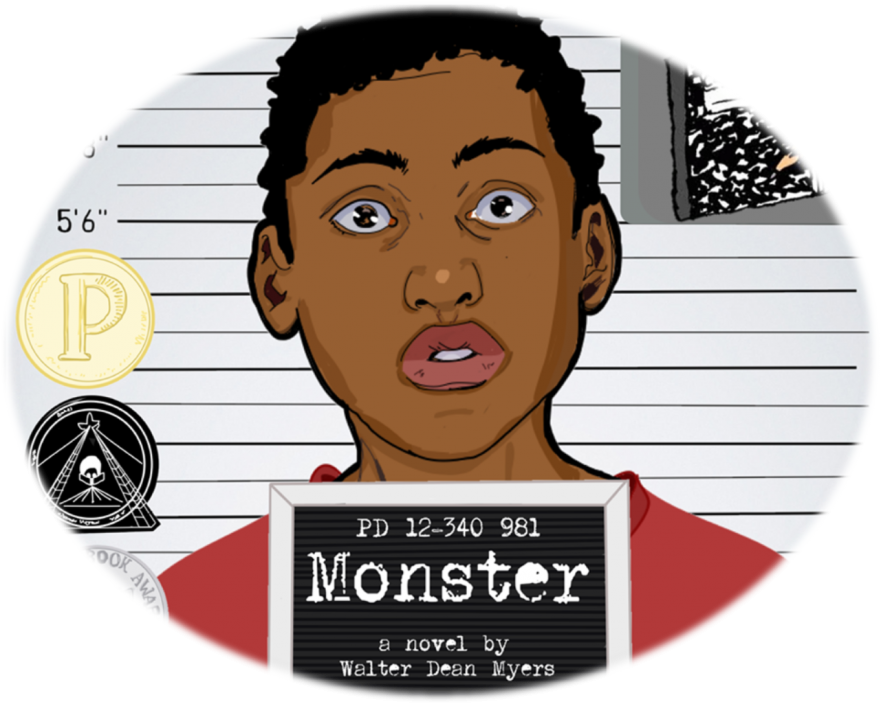




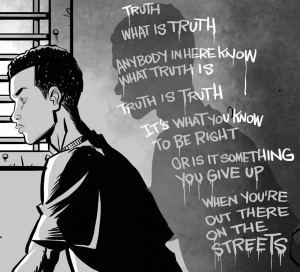
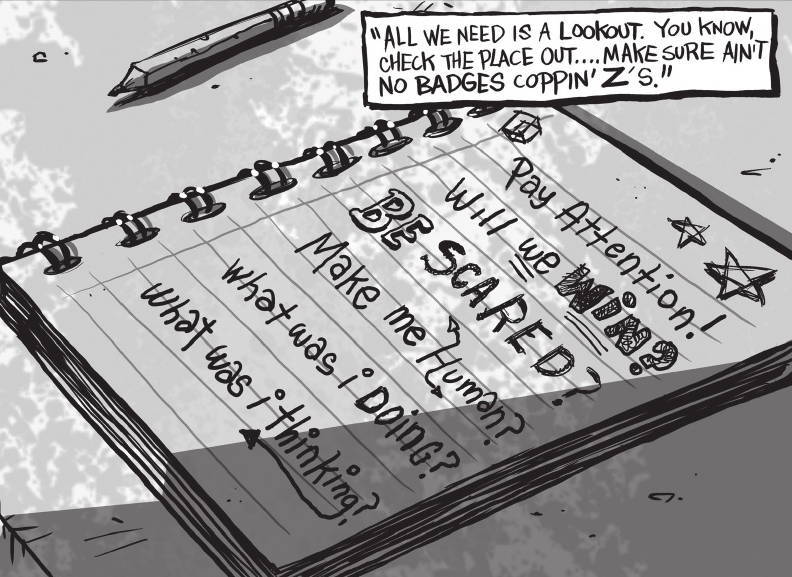
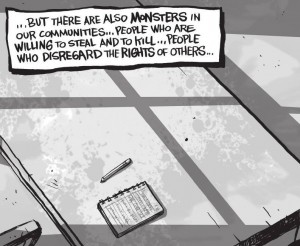
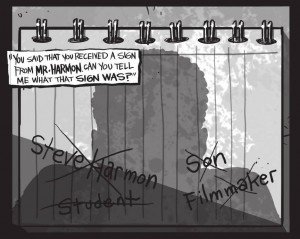




Comments 1
Thank you for this article. Although it was written a few years ago, it is still relevant. I appreciate the way you took a piece of literature that is easily accessible and used it as a tool to highlight diversity, racism, and the human experience. No PLC needed. I think this approach will help all teachers reflect on these areas of our lives in a more natural way. This can help making addressing these areas less “hard” and scary for teachers that are struggling with it.